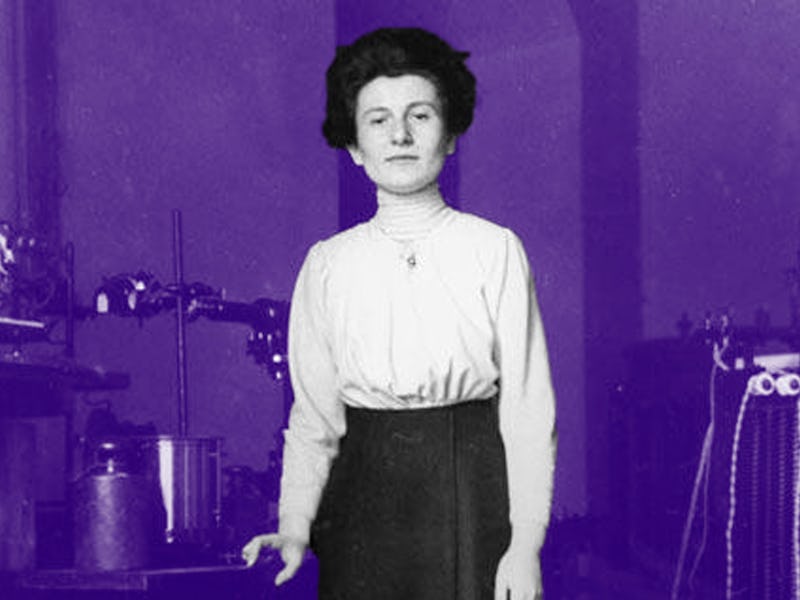Hedwig Kohn, Physicist: The Daring Story of Her Escape Out of Nazi Germany
Getting to the United States would not be easy.

After Kristallnacht — Germany’s infamous nights of anti-Jewish demonstrations, riots, and violence that began on November 9, 1938 — it was clear that Hedwig Kohn desperately needed to leave the country of her birth.
As mobs sacked and burned synagogues, Jewish homes, and businesses, the Jewish physicist contemplated her escape. The odds were stacked against her: She was not professionally known abroad, an adult, and a woman. She had not taught professionally — albeit because of a ban by the Nazi Party — since 1933. These were not the factors known to attract American universities, and she needed a job offer to obtain a visa.
Those incredible obstacles threw themselves at Kohn in 1938. The story of how she made it to America goes beyond professional fellowship, and into how a powerful, collective will can give a global signal boost to the distress call of a colleague.
On Friday, Kohn’s life was celebrated with a Google Doodle on the 132nd anniversary of her birthday. Today, she’s best known as an accomplished, published physicist who worked long into her life in the United States: “Kohn’s work resulted in more than 20 publications, one patent, and hundreds of textbook pages that were used to introduce students to the field of radiometry (a set of techniques meant to measure electromagnetic radiation, including visible light) well into the 1960s,” reads a description on Google’s website about her Doodle distinction.
The artistic process behind her Google Doodle.
As an woman pioneer in physics, Kohn worked with other notable physicists, including Rudolf Landenburg, a German atomic physicist who taught at Princeton University. He worked with what was then known as the International Federation of University Women, and the Society for the Protection of Science and Learning (today known as the Council for At-Risk Academics), to get Kohn a visa to the United Kingdom and a teaching position at the University of Aberdeen, as she sought to leave Germany.
Before Kohn could travel to Scotland, World War II broke out, and the UK canceled all visas given to “enemy aliens,” a broad elimination of all German visas. Ladenburg then recruited help from the American Association of University Women, and wrote letters to numerous colleges, explaining Kohn’s expertise and dire need to get to the United States. In turn, Kohn received three job offers, eventually accepting a position at the Women’s College of the University of North Carolina.
In 1940, she began the journey of getting to the United States from a war zone. She traveled to Stockholm, Sweden, then to Vladivostok, Russia, by the Trans-Siberian Railway. Two months later, she arrived in the United States, significantly ill.
She was ill, but she was safe. Kohn spent a year and a half in Greensboro, North Carolina before going on to teach at Wellesley, where she stayed until her retirement in 1952.
Over the course of her career, Kohn wrote more than 20 published papers, one patent, and contributed to numerous textbooks. She still worked as an independent researcher until two years before her death, mentoring numerous students along the way.
According to the Jewish Women’s Archive, Kohn’s teaching position, before she left Germany, was notable because she was one of only three women who, prior to World War II, achieved the German qualification for teaching at a university. All three women would, in turn, flee Nazi Germany.